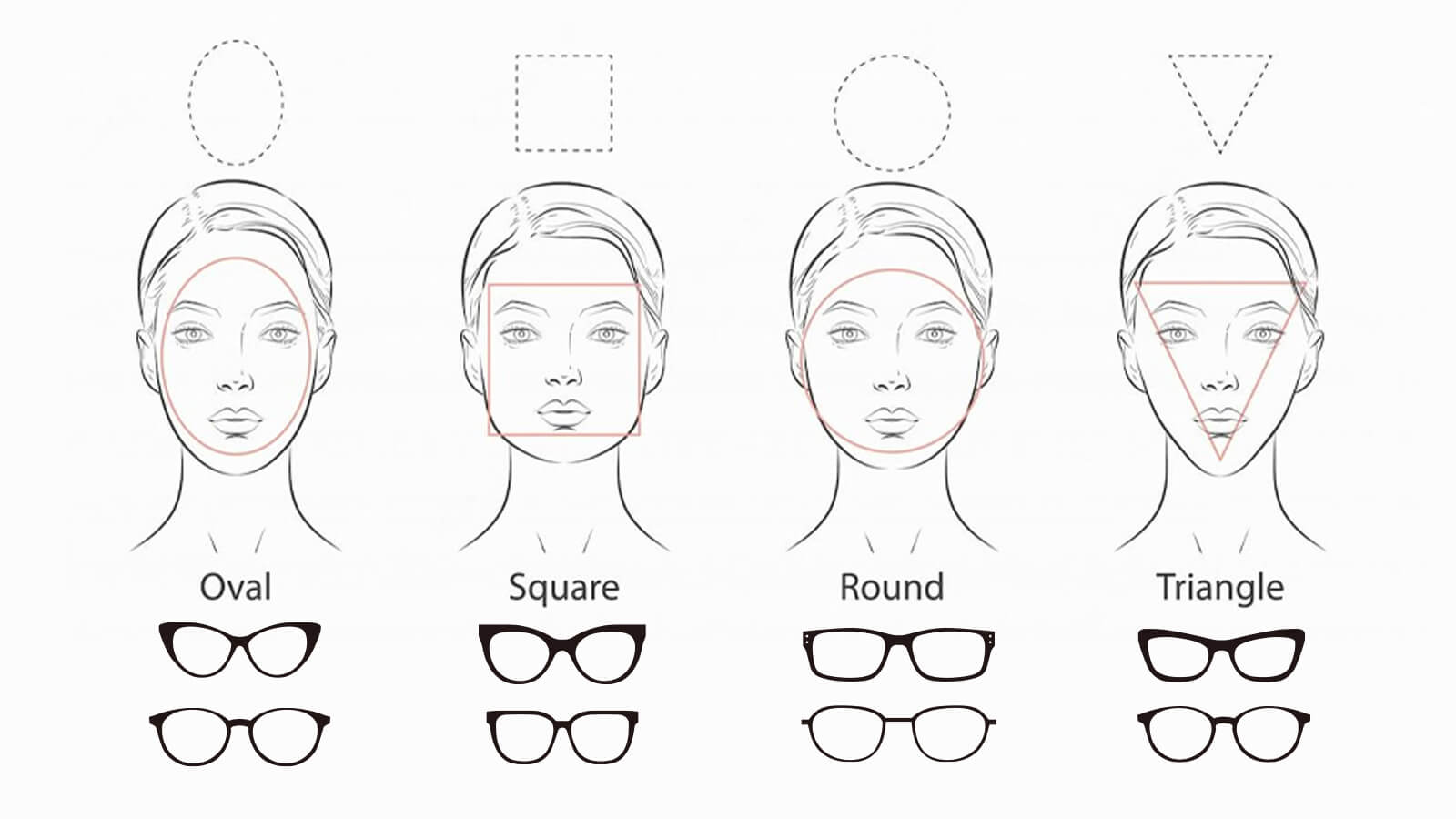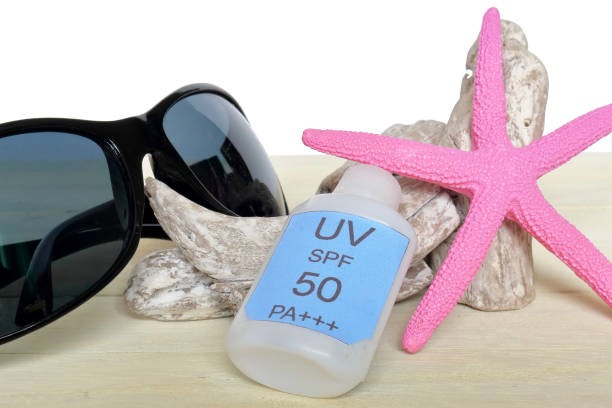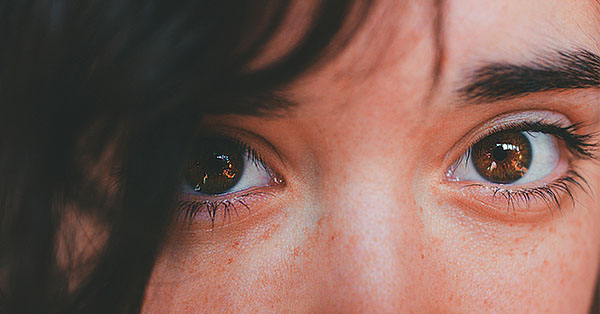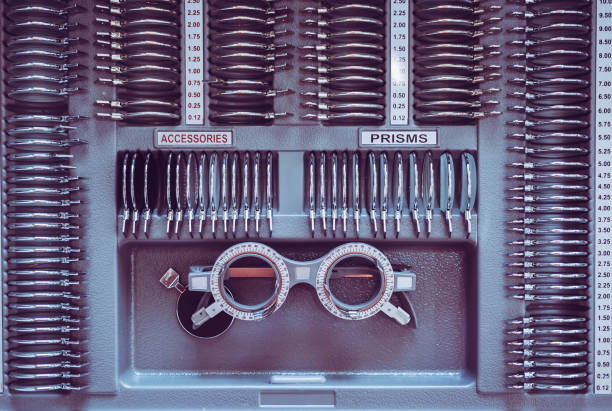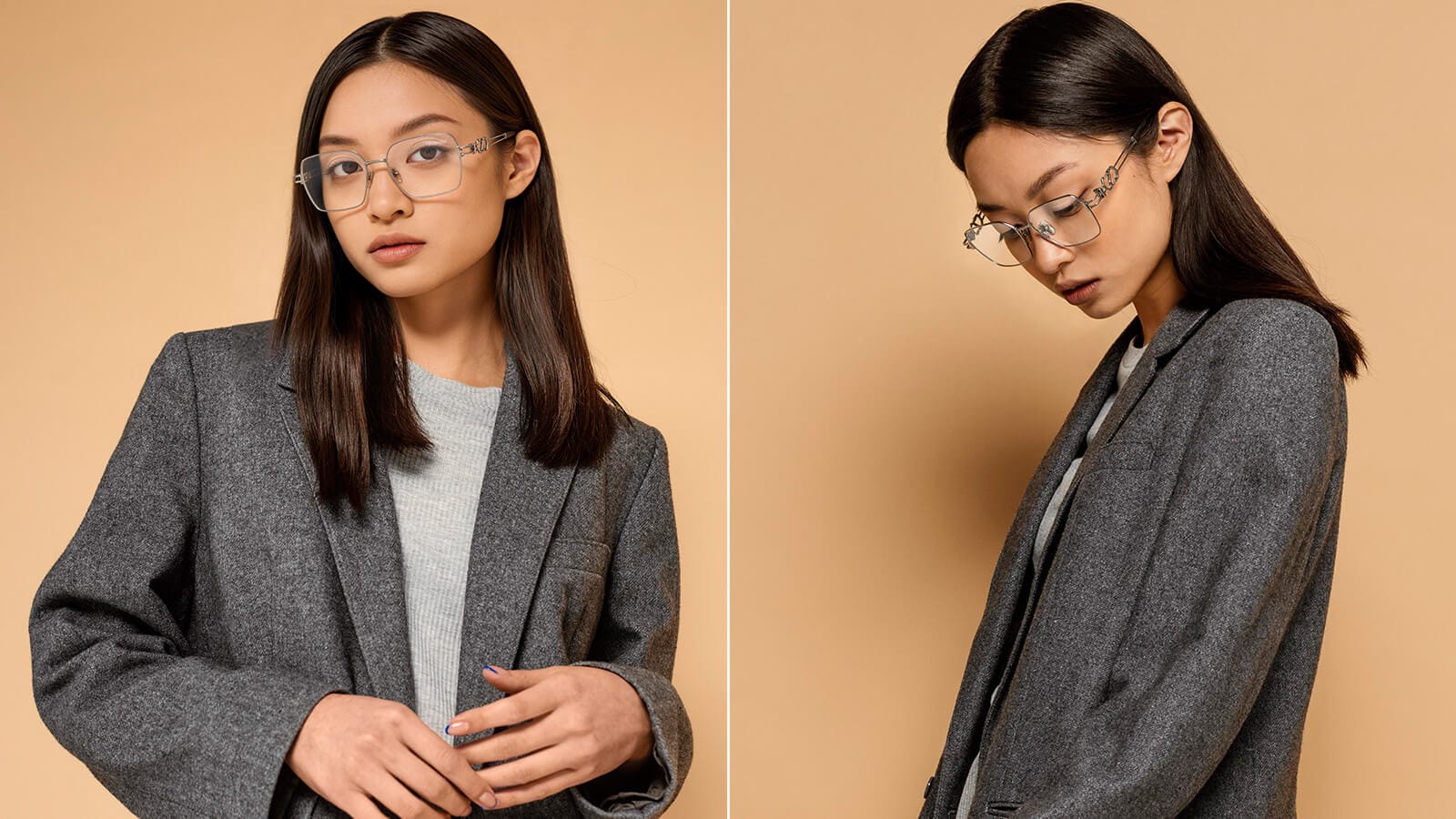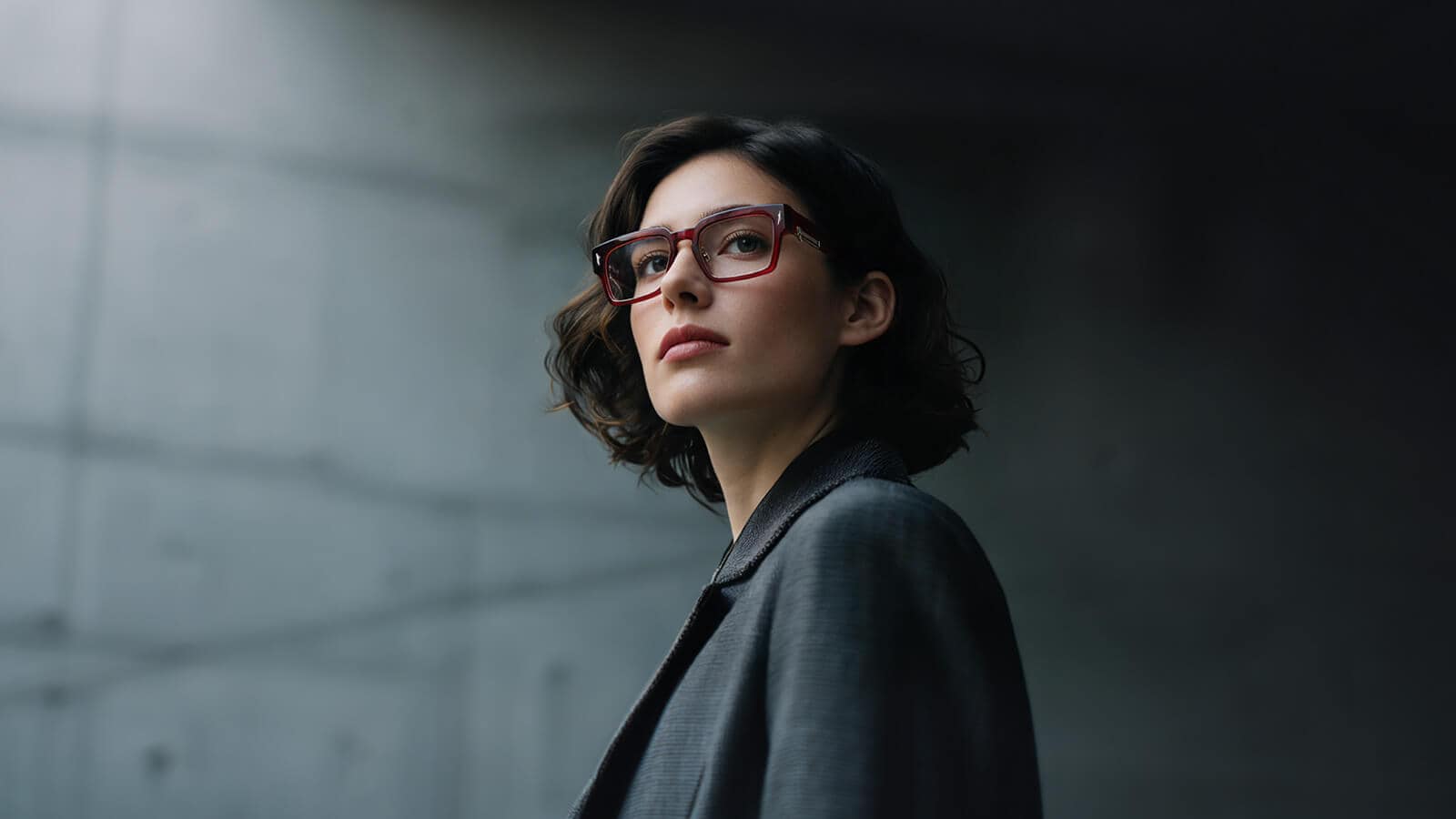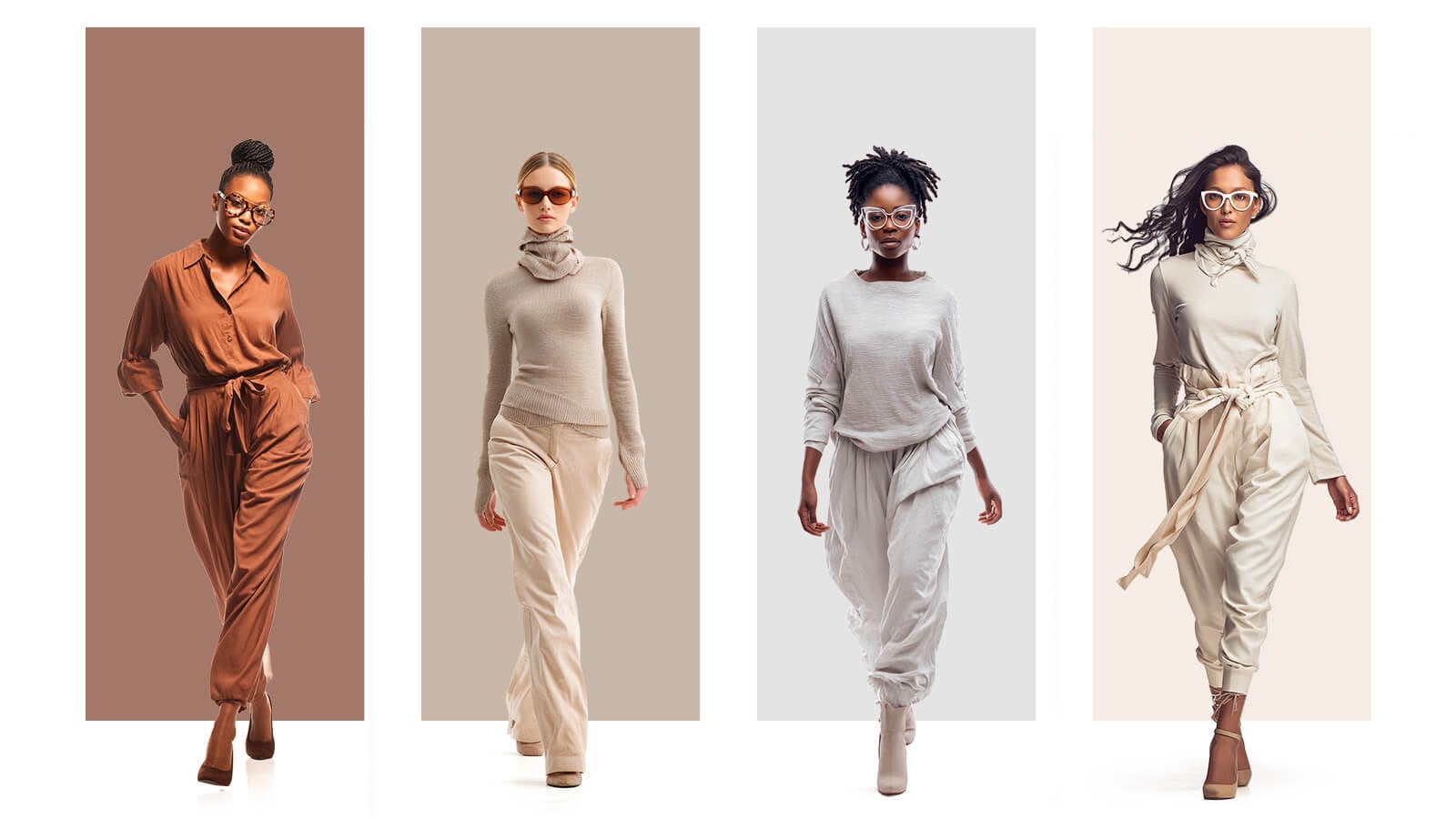
Guide to Picking Glasses That Suit Your Face Shape Perfectly
February 27,2023

What is Boho Style? A Comprehensive Guide to Boho-Chic Fashion
February 13,2025

Virtual Glasses Try On - Find Your Perfect Pair Online
April 02,2024

UV Protection Glasses VS. Blue Light Glasses - Vooglam
July 20,2023

Newest Style Modern Trendy Mens Glasses | Vooglam
March 01,2024

Stylish Reading Glasses: Blending Fashion with Functionality
February 16,2023

What are photochromic lenses & glasses?
September 22,2023

Brown Eyes: The Beauty of the Most Common Hue
September 01,2024

The chubby face glasses for round face female
August 02,2023

What are prisms in eyeglasses?
March 20,2023

What Are Bifocal Glasses? The Complete Guide (Types, History & Benefits)
April 14,2023

How to Read Your Eyeglass Prescription?
March 11,2023
Frame by Frame: Eyewear Anatomy and the Parts of Glasses
When you find a pair of glasses that just works, it’s usually because of the details. The way the frame rests on your nose, the line the arms create, the exact shape of the rim—these small elements are what separate a good pair from a great one.
Understanding these parts is more than just technical know-how; it’s about learning the language of design. This guide will walk you through the anatomy of a frame, giving you the vocabulary to pinpoint what you love and choose glasses that truly reflect your personal style.
Main Elements: A Labeled Diagram of Your Eyeglasses
First, let's break down the two major parts of any pair of glasses: the Frame Front, which holds the lenses and defines the core shape, and the Temples, the arms that secure the frame. How these two interact is the foundation of all eyewear design.

The Frame Front: Shape & Style
This is the focal point of your eyewear, setting the tone for your entire look. It’s composed of a few critical pieces.
Rims (or Eye Wires)
The rims are the structures that hold your lenses, and their design is your most significant style choice.

Full-Rim: A rim that fully encloses the lens gives your look a strong anchor. It’s a deliberate choice, perfect for showcasing bold color or a shape with a distinct character, from 70s-inspired circles to sharp, futuristic angles.
Semi-Rimless: Here, the rim traces only the upper part of the lens, with a subtle nylon cord securing the bottom. The result is a lighter, more understated presence that opens up the face.
Rimless: The most minimal approach. The bridge and temples attach directly to the lenses, creating a clean, architectural look that places all the emphasis on your features. This style relies on strong lens materials like Polycarbonate or Trivex for its integrity.
Bridge
The bridge connects the two lenses and determines how the frame sits on your nose. It's a key factor in both comfort and character.
Saddle Bridge: This is a smooth, continuous arch that distributes weight evenly across the nose. It offers a clean, modern line that integrates seamlessly into the frame.
Keyhole Bridge: With its distinct shape and small space at the top, this bridge rests on the sides of the nose. It has deep roots in mid-century design, lending an intellectual or retro feel to any frame.
End Pieces
The end pieces are the small sections of the frame front where the hinges are mounted, connecting the front to the temples. They are a subtle but essential part of the frame's overall silhouette.
The Temples: The Finishing Touch
The temples are the arms that extend back to rest over your ears. Their shape, thickness, and material are crucial to the frame’s profile and balance.
Temples: The main "arm." A slender metal temple creates a different effect than a wide, sculpted acetate one. Consider them the finishing lines of the design.
Temple Tips (or Earpieces): The curved ends of the temples, often covered in a smooth material. They provide comfort behind the ear and secure the frame so it stays put all day.

The Supporting Details
These are the functional components that ensure your glasses fit correctly and last over time.
Hinges
The joints that allow the temples to fold.
Barrel Hinges: The industry standard. Interlocking metal loops create a durable, reliable pivot point that is easy for any optician to service.
Spring/Flex Hinges: These contain a small spring that allows the arms to bend outward slightly. This provides a more forgiving fit and extra resilience against being stretched or bent.
A Note on Fit: If your glasses feel wobbly or loose, the hinge screw often just needs a gentle turn with a small screwdriver from an eyeglass repair kit. This simple fix can restore a secure, solid fit.
Nose Pads & Pad Arms
Common on metal frames, these pieces allow for a customized fit.
Nose Pads: The small, soft pads that rest on your nose, holding the frame in place.
Pad Arms: The adjustable metal arms that hold the nose pads. An optician can move these to raise or lower the glasses and change how close they sit to your face.
Quick Adjustment: If your glasses are constantly sliding down, a quick, professional tweak to the pad arms can make a world of difference in comfort and stability.
Lenses: The View from Your Frames
Beyond the frame, the lenses you choose dictate your visual experience. Their material and treatments are a vital part of the final product.

Lens Materials
Polycarbonate: Highly impact-resistant and durable. This is the standard for kids' eyewear, safety glasses, and anyone with an active lifestyle.
Trivex: A modern material known for being both lightweight and optically very clear, offering a great balance of comfort and sharp vision.
High-Index: Designed for stronger prescriptions. This material allows lenses to be made significantly thinner and lighter, avoiding the "coke bottle" effect and keeping the look sleek.
Lens Coatings
Anti-Reflective (AR): Reduces distracting glare from screens and headlights, leading to less eye strain and clearer vision. It also makes the lenses appear more transparent.
Scratch-Resistant: A hard, protective coating that helps defend your lenses from the scuffs and scratches of daily life.
UV Protection: Essential for eye health, this invisible coating blocks the sun's harmful UV rays.
Blue Light Filter: A treatment that moderates the amount of blue light that passes through the lens from digital screens, often used to increase comfort during long hours of computer work.
Find Your Focus
Every detail on a pair of glasses presents a choice. A thicker rim, a keyhole bridge, a slim metal temple—each one changes the story. By understanding these components, you can move beyond just liking a pair of glasses to knowing why you like them. You're no longer just choosing a frame; you're composing a look. And that knowledge is the key to finding a pair that feels less like something you wear, and more like a part of you.

Vooglam Blog
Vooglam blog shares professional knowledge about eyeglass frames, lenses, etc., and provides help when purchasing and using eyewear products. At the same time, Vooglam focuses on fashion glasses to interpret the trend of glasses for you.

How to Rock Avant-Garde Eyewear: A Guide for the Bold (and the Curious)
The "Statement Piece" DilemmaYou've seen them—those frames that make you do a double-take. The ones with unusual shapes, unexpected details, or architectural angles that seem to defy physics. You want
January 08,2026
Beyond the Trend: How to Master the "Minimal-Drama Cool" Aesthetic with Black and Red
There is a fine line between "magnetic" and "costume." We all know the power of a black and red outfit—it is the oldest high-contrast combination in the book. But in a professional setting, or even at
January 07,2026
The "Coffee & Cream" Edit: 4 Frames to Master the Mocha-Cloud Trend
Your wardrobe doesn't need a complete overhaul to stay relevant in 2025 and 2026. It just needs balance. As we navigate the shift from the grounding warmth of Pantone Mocha Mousse to the airy, futuris
January 07,2026
Best Frames for Progressive Lenses: How to Choose the Perfect Fit
You’ve done the research (perhaps even comparing progressive lenses vs. bifocals). You know you need progressive lenses to see clearly at every distance. But here is the catch that most people miss: T
December 31,2025
















